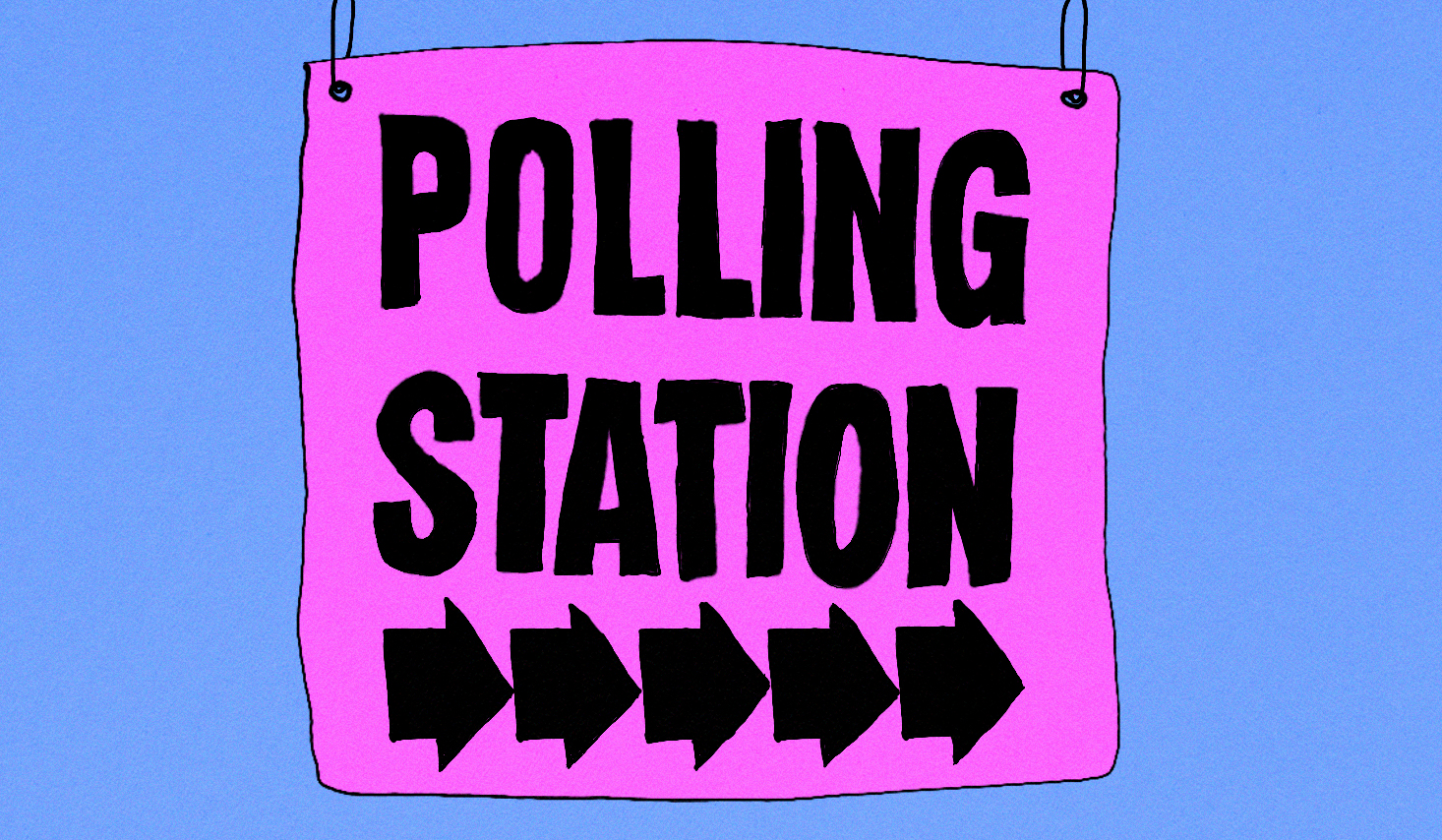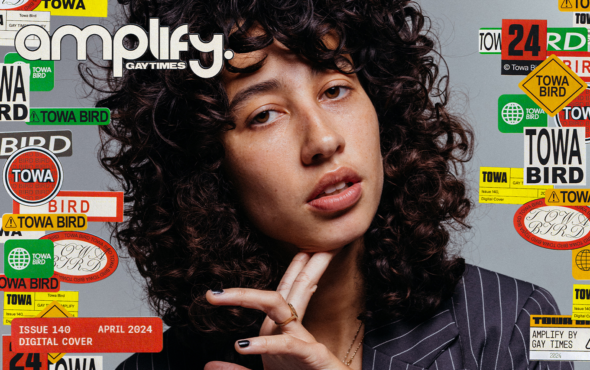
Under the Elections Act (2022), anyone wishing to cast a ballot in UK elections will need to have an accepted form of photo ID in order to do so. This is something that could disproportionately affect LGBTQIA+ people, according to research carried out by Stonewall and LGBT Foundation. After surveying almost 1,300 members of the community, LGBTQIA+ people were found to be three times more likely than the general population to be without any usable photo ID. This disparity was mainly driven by transgender and non-binary people, as 24 per cent of trans respondents and 19 per cent of non-binary people did not own an accepted form of photo ID – a stark difference from just three per cent of non-trans respondents. Trans and non-binary people were also found to face issues with getting their ID accepted, with nearly two in five trans people surveyed and more than one third of non-binary respondents reporting facing issues with this in the past. Here, GAY TIMES unpacks some of the things that trans and non-binary people should be aware of if they plan to vote in any upcoming elections.
Will it be possible for me to vote if I don’t have an accepted form of ID?
Accepted IDs, which LGBT HERO has collated a full list of, include – but or not limited to – a UK passport, driving licence and a passport issued by an EEA state or Commonwealth country. One of the best ways to avoid issues if you don’t have one of these is to apply for a Voter Authority Certificate, a free form of photo ID made specifically for elections. Very basic information such as your name, address and date of birth is required to apply for the document. It’s particularly useful for trans, non-binary and other gender non-conforming people who may face issues casting a ballot if they don’t have an accepted form of ID, or have changed their physical appearance in a way that no longer matches the picture on their official ID, among other things. Be aware that you need to have registered to vote in order to apply for a Voter Authority Certificate, but also that you don’t need to have had confirmation of your registration in order to do so – you can go straight from registering to vote to applying for your Voter Authority Certificate if you wish to, for example. If you’re interested in learning more about obtaining one, then visit LGBT HERO for more information.
What if the name I use socially is different to the one on my ID?
If you have an accepted form of identification that lists your name as it appears on the electoral register, then you shouldn’t face any issues voting. Names you use socially don’t alter your official documents, so you won’t need to get a new form of ID unless you opt to change your name legally. If you have changed your name, be aware that you can bring a document with you to prove this, though it may be more hassle than simply updating your registration/ID.
I don’t want anyone else to see my ID, is there anything I can do?
Stonewall and LGBT Foundation’s aforementioned study found that 88 per cent of trans respondents and 81 per cent of non-binary people surveyed had concerns about their privacy and safety when showing an ID to vote, such as facing risks of being ‘outed’ or being asked intrusive questions.
If you are someone who would prefer to show your ID to the clerk at the polling station away from anyone else, then you have the right to this. According to Schedule 1 of the Elections Act, which covers the new rules surrounding voter identification, the “presiding officer or clerk must arrange for the voter to produce any document in a private area of the polling station if the voter so requests, and, in such a case, must ensure that no other persons witness the production except as permitted by the voter.” It’s also worth noting that your ID should only be checked by the clerk you’re dealing with and possibly the presiding officer, as opposed to being passed around numerous clerks at the station.
I’m in the process of transitioning, is there anything I need to know?
The main thing to remember is that your name and appearance must match those listed on the ID you plan to use when voting, as well as the one on the electoral register. This means that, depending on where you are at in the process of transitioning, you could face some obstacles when attempting to cast a ballot – particularly if you are waiting to complete the process before getting new forms of ID issued. That shouldn’t put you off voting, however, as there will be ways to ensure you can still have your say so long as you plan ahead, for example by ensuring that your new ID is ready ahead of the next election you wish to vote in. As mentioned above, you could also consider applying for a free Voter Authority Certificate, which will allow your document to match the stage of transitioning you are currently at.
Is it possible to vote without visiting a polling station in person?
It is still possible to apply for postal and proxy voting, meaning you won’t have to attend a polling station on the day of an election. There have been some changes to this process under the Elections Act, including that there is now a maximum period of three years on voters’ application to hold a postal vote. In effect, this means that you will need to re-apply at the end of that period in order to cast such a vote at an election. In addition to this, postal and proxy vote application forms can now be found online, though you will need to prove your identity when applying for one. This doesn’t mean sending a photo ID by post, but there will be other checks, such as verifying your date of birth and signature. You can apply to vote via post here and proxy here.
If you are in need of further information, then LGBT HERO has collated a guide on what has changed because of the Elections Act. You can also contact the Electoral Commission helpline on 0800 328 0280 for case-by-case assistance.



